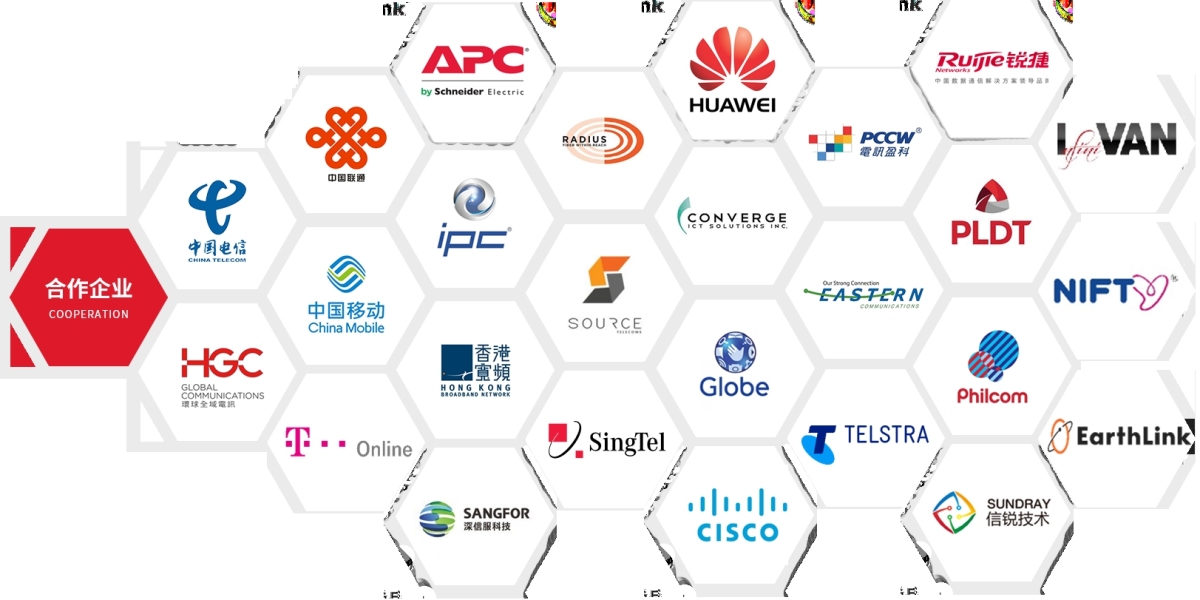As we advance into 2025, Automotive Ethernet is at the forefront of transforming vehicle communication and connectivity. This technology is pivotal in supporting the increasing complexity of modern vehicles, enabling features such as advanced driver-assistance systems (ADAS), infotainment, and vehicle-to-everything (V2X) communication. This article explores the latest developments, trends, and challenges in the Automotive Ethernet landscape.
Market Growth and Trends
The Automotive Ethernet market is experiencing rapid growth due to several key factors:
Increased Vehicle Connectivity: Modern vehicles are equipped with numerous electronic control units (ECUs) that require high-speed communication networks. Automotive Ethernet provides a robust solution for connecting these ECUs, facilitating real-time data exchange.
Demand for Advanced Driver-Assistance Systems (ADAS): The rise of ADAS features, such as adaptive cruise control, lane-keeping assistance, and automatic emergency braking, necessitates reliable and high-speed communication. Automotive Ethernet supports the data bandwidth required for these systems.
Electric and Autonomous Vehicles: The shift towards electric and autonomous vehicles is driving the need for advanced connectivity solutions. Automotive Ethernet enables the integration of various sensors and systems essential for the operation of self-driving cars.
Cost Efficiency: Compared to traditional automotive communication protocols like CAN (Controller Area Network) and LIN (Local Interconnect Network), Automotive Ethernet offers lower installation costs and reduced wiring complexity, making it an attractive option for manufacturers.
Innovations in Automotive Ethernet Technology
Recent innovations in Automotive Ethernet technology are enhancing its capabilities and applications:
Higher Data Rates: The introduction of 100BASE-T1 and 1000BASE-T1 standards allows for higher data rates, enabling the transmission of large volumes of data required for advanced applications like high-definition video streaming and real-time sensor data processing.
Time-Sensitive Networking (TSN): TSN is an essential feature that ensures deterministic communication in automotive applications. It allows for the prioritization of critical data packets, ensuring that safety-critical information is transmitted without delay.
Seamless Integration with Cloud Services: Automotive Ethernet facilitates seamless integration with cloud-based services, enabling over-the-air (OTA) updates, remote diagnostics, and enhanced vehicle-to-cloud communication.
Enhanced Security Features: As vehicle connectivity increases, so do security concerns. Recent developments in Automotive Ethernet include advanced encryption and authentication protocols to protect against cyber threats.
Regulatory Developments
The regulatory landscape surrounding Automotive Ethernet is evolving to address safety and interoperability:
Standardization Efforts: Organizations such as the IEEE and the Automotive Ethernet Consortium are working on standardizing protocols and specifications to ensure interoperability between different manufacturers and systems.
Safety Regulations: Regulatory bodies are developing guidelines to ensure that vehicles equipped with Automotive Ethernet meet safety standards. This includes testing and validation procedures to assess the reliability and security of connected systems.
Environmental Regulations: As the automotive industry moves towards sustainability, regulations are being implemented to promote energy-efficient communication technologies, including Automotive Ethernet.
Challenges Facing the Automotive Ethernet Market
Despite its promising outlook, the Automotive Ethernet market faces several challenges:
Integration Complexity: Integrating Automotive Ethernet into existing vehicle architectures can be complex, requiring significant changes to design and manufacturing processes.
Cybersecurity Risks: As vehicles become more connected, the risk of cyberattacks increases. Manufacturers must invest in robust security measures to protect vehicle systems from potential threats.
Market Competition: The rapid growth of the Automotive Ethernet market has attracted numerous players, leading to increased competition. Companies must differentiate their offerings and innovate to stay ahead.
Future Outlook
The future of Automotive Ethernet looks promising as the automotive industry continues to evolve. Key trends that will shape the market include:
Expansion of V2X Communication: As cities become smarter, the demand for vehicle-to-everything communication will grow. Automotive Ethernet will play a crucial role in enabling vehicles to communicate with infrastructure, other vehicles, and pedestrians.
Growth of Autonomous Vehicles: The development of fully autonomous vehicles will drive the need for reliable and high-speed communication networks. Automotive Ethernet will be essential in supporting the complex data requirements of these vehicles.
Increased Focus on Sustainability: As the automotive industry shifts towards sustainability, Automotive Ethernet will be positioned as a key technology that supports energy-efficient communication and reduces the environmental impact of vehicle manufacturing.
As we progress through 2025, Automotive Ethernet is set to revolutionize vehicle connectivity, enhancing safety and enabling advanced technologies. With its ability to support high-speed data transmission, integration of numerous systems, and enhanced security features, Automotive Ethernet will be a cornerstone of the future automotive landscape. Continued collaboration among manufacturers, regulators, and technology providers will be essential to harness the full potential of this transformative technology, ensuring a safer, more connected driving experience for all.









